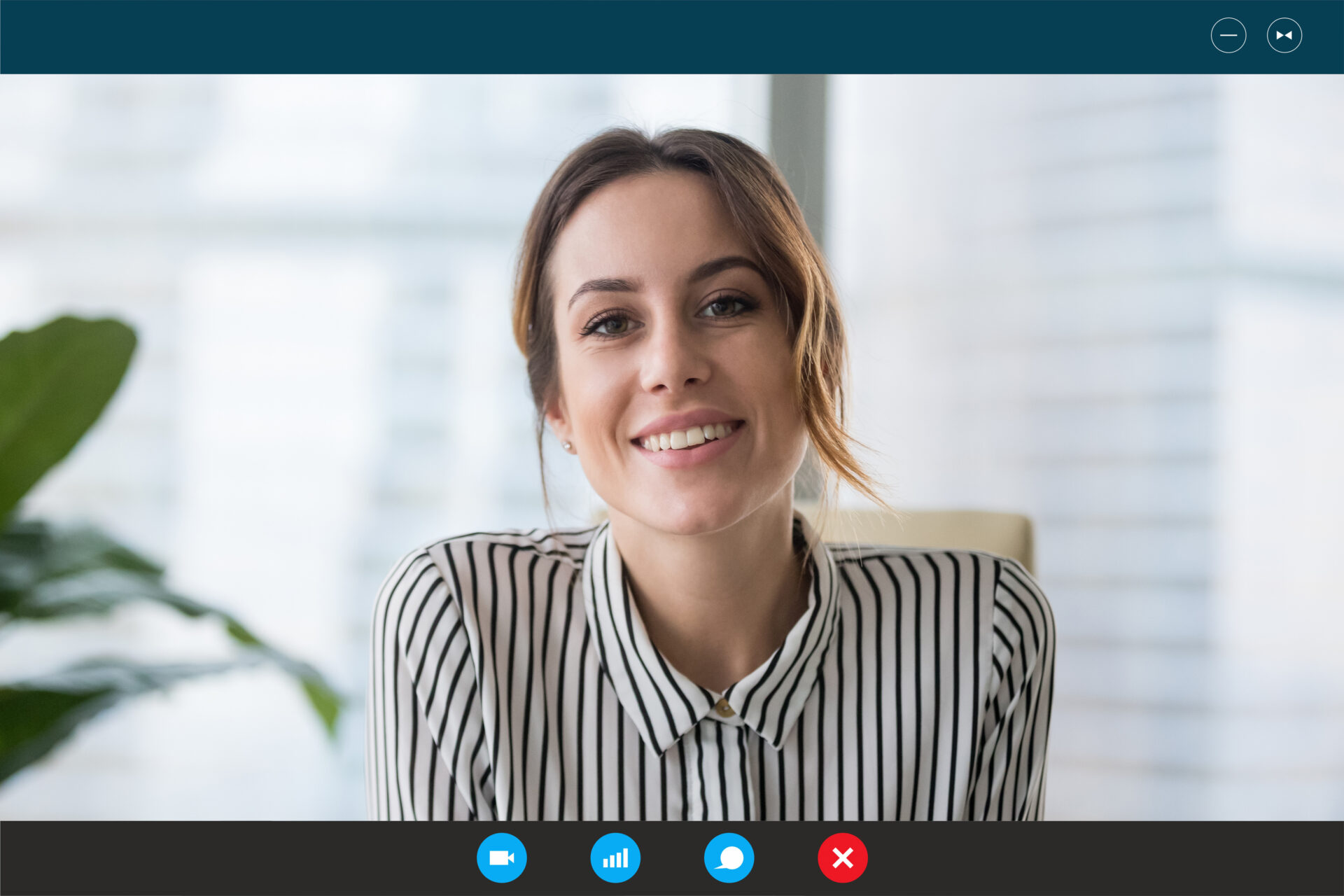
The rise of the asynchronous workplace means more teams are collaborating across geographic regions, time zones, and even languages. Hiring methods have also evolved, and one tool that’s becoming more commonplace is asynchronous video interviews.
Asynchronous video interviews can help you screen more candidates, speed up your hiring and provide a better experience for talent. In this post, we’ll share the pros and cons to consider as you evaluate whether to incorporate this modern interview format into your hiring process.
What Are Asynchronous Video Interviews?
Most of us are familiar with video interviews, which take place via a video call instead of in person. Asynchronous video interviews, also called one-way interviews, remove the live interviewer from the equation, allowing candidates to record and submit their answers to a set of questions for the hiring manager to review at a later time.
How Does a One-Way Interview Work?
In a one-way interview, a candidate is provided with a link that takes them to an asynchronous video interview platform and a window of time in which to complete the interview. At a convenient time, the candidate can click the link to begin the interview.
Asynchronous interviews can be configured to an employer’s specifications, but here’s a basic example of how one might work: the candidate is provided with a question and has 30 seconds to review it. Then, they have two to three minutes to record and submit their response. They may be offered limited opportunities to delete and re-record an answer. Then, they advance to the next question until the interview is complete.
Pros of Asynchronous Video Interviews
Expand your talent pool
Asynchronous interviews give you the unique ability to reach the best candidates regardless of their location. Even with standard video interviews, you face the challenge of finding a suitable time slot for all time zones involved. Prerecorded interviews eliminate this challenge.
They also enable you to evaluate more candidates because you don’t have to set a live meeting with each one. With the ability to view interview responses on your own schedule, it’s easier to block off a chunk of time to assess multiple candidates, increasing efficiency.
Promote a positive candidate experience
Scheduling is notoriously one of the most tedious parts of the hiring process. With asynchronous video, candidates can complete the interview at the most convenient time.
There’s no need to take time off from their existing job or attempt to sneak in a clandestine phone call when they’re supposed to do something else; their attention can be fully focused on the interview.
Related: Candidate Experience Best Practices and Why You Should Follow Them
Reduce time to hire
Without the back-and-forth that’s traditionally required to set up, conduct and analyze an interview, you can shave days off the hiring timeline. Every day makes a difference when competing for the best talent, so this is a net win for your workforce.
Related: Ways to Reduce Your Average Time to Hire
Allow for more robust assessment
Even when you take meticulous notes, it’s tough to remember the details of every candidate’s interview. Asynchronous video interviews can be viewed as many times as you want, and even in back-to-back succession to help you compare candidates against one another.
They can also be shared with unlimited viewers, making getting input from multiple interviewers and other stakeholders easy.
Facilitates objectivity
The most fair interview processes are those that are standardized among all candidates. Because all asynchronous interviewees are given the same set of questions and requirements, it can promote more objectivity than when an interviewer who’s in a room with the candidate has a chance to go off-script.
Cons of Asynchronous Video Interviews
Requires a dedicated platform
To provide a seamless asynchronous interview experience, you need a software or application that’s designed for the purpose. Your existing recruiting software may offer this capability, but if not, you’ll incur an additional up-front cost to get the platform up and running, plus any monthly fees.
Comes with a learning curve
Some candidates won’t be familiar with this type of interview format, which may make it more time-consuming for them to participate. Those who aren’t tech-savvy may be less inclined to complete the interview.
Additionally, there will be a learning curve for recruiting staff to become fully proficient on a new platform.
Limits ability to evaluate certain qualities
Some aspects of an in-person interview provide useful information but that can’t be replicated digitally, like a candidate’s body language. And, since the interview only includes one party, it doesn’t give you much to go on when assessing their ability to interact with others.
Raises additional bias considerations
The expectations for in-person interviews are pretty well known: come dressed to impress, make good eye contact, etc. However, video interviews are still new for many people, and candidates might not behave in a way that aligns with your expectations. For example, some may wear attire that you consider too casual or may struggle with looking off-camera.
Because of this, interviewers will need to consciously put aside biases arising from the nontraditional interview format to avoid alienating certain candidates.
Related: Beware of These Subconscious Hiring Biases
Doesn’t allow for follow-up questions
Some of the greatest insights come from pressing candidates to talk more about a certain topic. A one-way interview doesn’t give you this capability. Moreover, candidates can’t ask their own questions now, leaving them with lingering uncertainties about the position or the company.
Tips For Conducting Asynchronous Video Interviews
Be transparent
Transparency is one of the most valued employer qualities among candidates. Let all interviewees know beforehand that you use asynchronous interviews and what they entail, for example, who the recordings will be shared with and how long you’ll store them.
Provide thorough instructions
Many of the challenges associated with asynchronous video interviews can be alleviated by setting clear expectations and offering adequate instructions to candidates. For example, providing a suggested dress code, sharing helpful tips for proper lighting, and giving candidates a way to complete a test recording ahead of time can help things go more smoothly for them when they complete the actual interview.
Consider recording questions
Instead of merely displaying interview questions as text on the screen, it can create a more conversational environment if you have the actual hiring manager record themself reading the questions on camera.
Stay in touch
Though prerecorded interviews are a great convenience, the last thing you want is for the interview process to feel cold and impersonal. To combat this, be sure to provide other lines of contact to candidates in the hiring pipeline, like nurturing email sequences and regular updates on the job search status.
Though they take a bit of additional education for staff and candidates, with the right technology and training, asynchronous video interviews can be a useful tool to supplement your in-person and live video interviews.
See how our recruiting process delivers the perfect candidate for your team.


